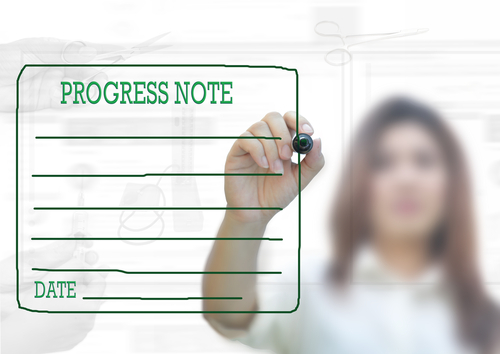5. Correspondence and documentation
6. Behaviour changes

Policies and procedures are essential for safe and effective care and exist to support staff in their roles working with all client groups. It is important to locate and familiarise yourself with your organisation’s policies and procedures for changed behaviour management and de-escalation procedures. You must alert your supervisor of any changes in a client's behaviour.
When noting behavioural changes in a client you will need to discuss this with your supervising AHP.
This will include information such as:
- the changed behaviour(s)
- the physical and psychological risks associated with the behaviour displayed
- possible triggers that may have led to the changed behaviour
- strategies that will address these triggers and reduce behaviours of concern.
Your supervisor will document the information you provide. Your supervisor will refer to these documents when communicating with other healthcare staff or the client’s family. Healthcare staff and the client's family will be informed of the client's changed behaviours and any incidents that have occurred and involved in the development of strategies to manage these new behaviours.
Organisations will have policies and documents to record and manage behaviour:
- Individual Care Plans - Behaviour Management section
- Behaviour Monitoring Logs
- Behaviour Assessment and Management Strategies
- Progress Notes.